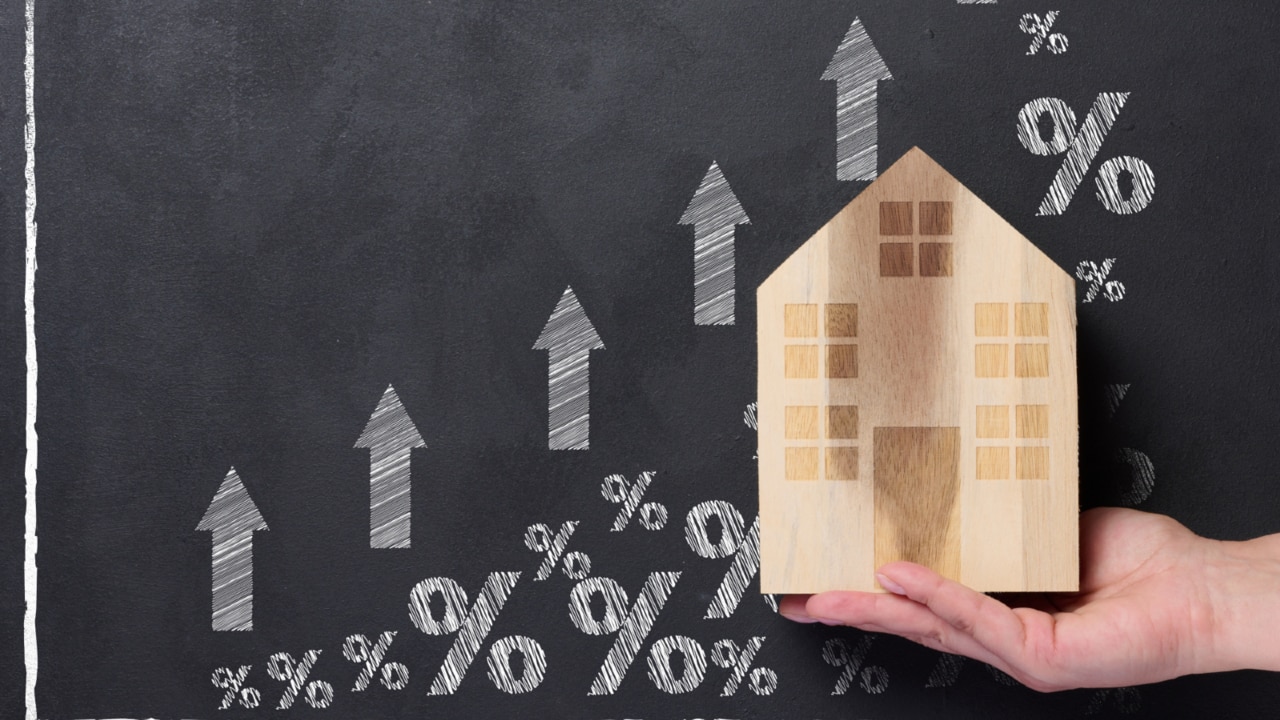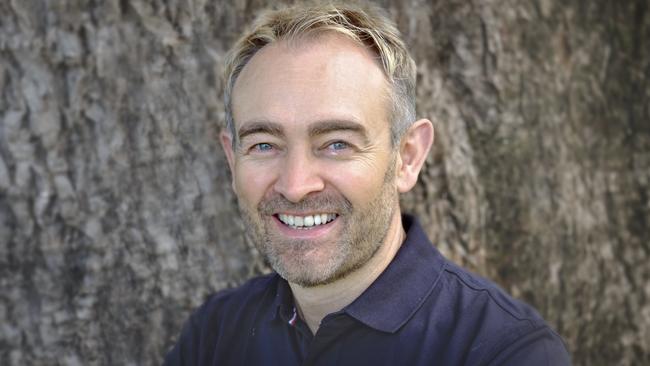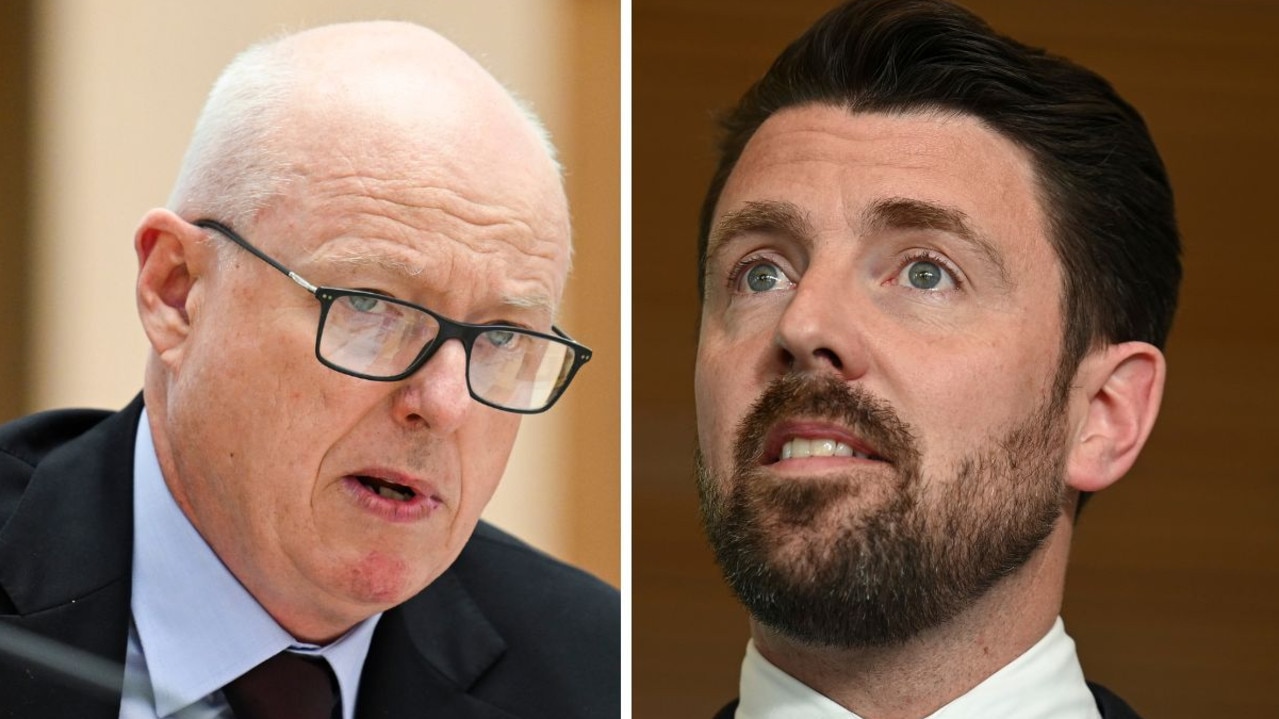Inflation effect: 2023’s price drops are good news for interest rates
Shrinking inflation could prompt an interest-rate cut in only three months, but households will continue to battle high living costs.

National
Don't miss out on the headlines from National. Followed categories will be added to My News.
A pile of common household expenses dropped in 2023, helping to ease Australia’s cost-of-living crisis by dragging down overall inflation and raising the chances of interest rate cuts soon.
A News Corp analysis of new Consumer Price Index data found there were price reductions last year in more than 20 per cent of almost 100 product categories monitored by the Australian Bureau of Statistics.
Several household goods categories, clothing, some meats, holidays, childcare and primary school education are all cheaper today than they were a year ago, a key reason behind the CPI numbers coming in at a lower-than-expected 4.1 per cent.
But there were hefty price rises in other categories, with insurance, postal services, gas, tobacco, tertiary education and eggs all rising more than 10 per cent in 2023.
Economists say another quarter of sharply falling inflation could lead to the Reserve Bank of Australia cutting its official interest rate in May or June, although a majority of forecasters still tip cuts in the second half of 2023.
Relief will also come from tax cuts from July, but the Albanese Government’s controversial changes to the stage three tax cuts will do little to offset the financial pain many households have suffered over the past two years.
Sort My Money founder David Rankin said households would continue to do it tough this year “but the overall picture is improving”.
“People’s problems are not going to disappear overnight,” he said. “We are so deep into mortgage rate increases that there is a long way to go before we get back to any kind of normality.”
However, the near-halving of annual inflation – down from 7.8 per cent in December 2022 – was “a hell of a turnaround”, Mr Rankin said. “It marks the beginning of the alleviation of the cost-of-living crisis.”
Some key household expenses have continued climbing, notably insurance with a 16.2 per cent annual rise, according to CPI figures.
Mr Rankin said the impact of insurance was a delayed hit to households as their home, contents and car insurance premiums spiked higher just once a year.
“Some people are only feeling it now because their policies are getting renewed,” he said. “It’s affecting everybody and hitting people hard – it’s one of the biggest challenges of the cost-of-living crisis.”
CreditorWatch chief economist Anneke Thompson said the CPI figures provided “great relief” to borrowers as it all but assured them that the Reserve Bank would keep interest rates on hold at next Tuesday’s board meeting.
However, conditions remained challenging. “The lag effect of monetary policy impacts is now being felt, and business confidence and conditions are slowing sharply as we move further in to 2024,” she said. “It is unlikely confidence will return to consumers until there is any real sign of upcoming interest rate cuts, which are still unlikely to occur before the third quarter of this year.
“An unemployment rate rising more sharply than forecast could convince the RBA to bring cash rate cuts forward in to the second quarter of 2024, and slowing business conditions means there is an ever-increasing possibility this could happen.”
CommSec chief economist Craig James said financial markets were implying a 50-50 chance of a rate cut in May, up from 30 per cent before the latest CPI numbers were released.
“However, the Reserve Bank still has some way to go to reach its 2-3 per cent inflation target,” he said.
“Also worth noting is the fact that tobacco provided the biggest contribution to the quarterly CPI in the December quarter (up 7 per cent). And that sizeable lift won’t be repeated in the current quarter.”

AMP chief economist Shane Oliver said an RBA rate cut in May was “possible if the inflation rate keeps falling as quickly as it has been, but that’s a bit of a stretch”.
Interest rate cuts could combine with broader tax cuts from July to deliver households a double benefit.
Labor’s planned changes to the previously legislated stage three tax cuts mean people earning between $55,000 and $95,000 will get an annual tax cut between $1000 and $2000 – while those earning $200,000-plus will see their legislated cut halved from $9000 to $4500.
The Labor tax cuts for people earning $45,000 or less is up to $804 a year or $15 a week.
“In some places they won’t buy you a milkshake and a sandwich,” Dr Oliver said.
He said while people earning $100,000 or more would get between $2200 and $4500 back from July 1, many of their mortgage bills had climbed 10 per cent or more. “The tax cuts don’t make up for that.”
Falling inflation is the key to big household savings once the Reserve Bank decides to reverse some of the 13 interest rate rises it has imposed since May 2022.
Dr Oliver said the increasing number of CPI items falling in price was “a return to normality” after the cost-of-living crisis.
“We went through a period where there seemed to be a lot more rises than falls, and we are now getting to a situation where it’s more balanced,” he said.
Dr Oliver said the proportion of CPI items that rose more than 3 per cent – the top of the Reserve Bank’s target range for inflation – had surged to 75 per cent during the living cost crunch.
“In the latest numbers it’s back to 43 per cent, which is more like the pre-pandemic norm,” he said.

“It’s unfortunate the rises are occurring in things that people need to spend money on like rent, gas and insurance, and they don’t have as much ability to cut back.
“Necessities are still going up.”
Dr Oliver said inflation at 4.1 per cent was still slightly higher than wages growth, and the hefty cost increases of the last two years remained.
Sort My Money’s Mr Rankin said the latest inflation figures were good news, but people should remain vigilant about spending.
“It tells you that you have been through the worst of it and have risen to the cost-of-living challenge,” he said.
“People have adopted new disciplines to get through to this point, and it’s a matter of keeping those going and waiting until rates start to fall.”
Originally published as Inflation effect: 2023’s price drops are good news for interest rates





